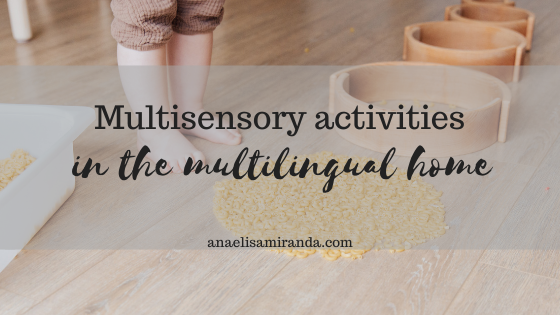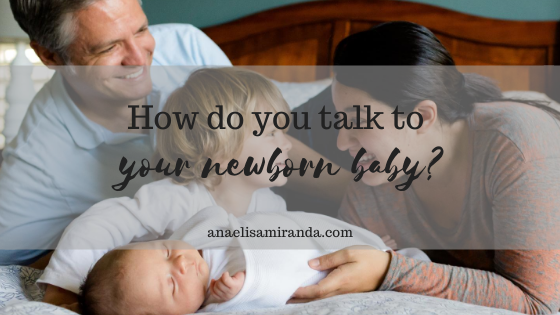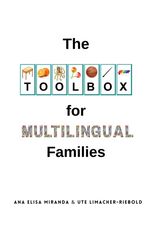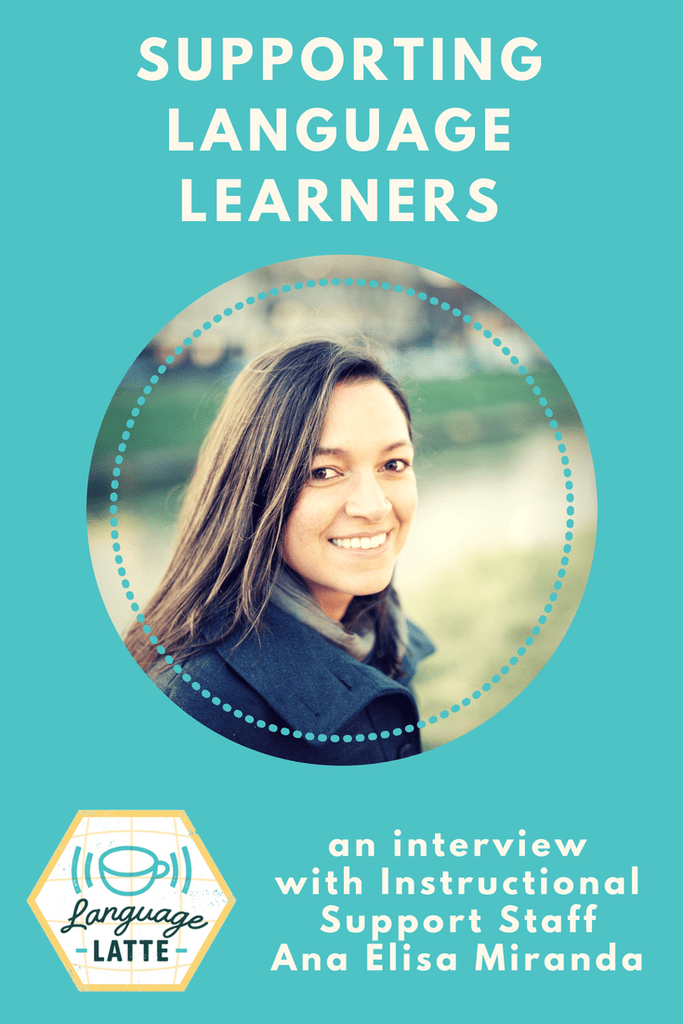We all learn and remember things in different ways. For some, hearing and seeing something is enough. Others might remember more easily when they do, touch or move. And we’ve all been transported into a memory by a sudden smell or taste…
Multisensory activities engage more than one sense at a time, and with that it creates more brain connections and stronger memory.
Children are curious, playful and active by nature - they will be much more interested and engaged in activities that involve a mix of movement, touch, taste, smell, sight and hearing.
Fun and varied learning will certainly be more memorable - for the kids and for you - than worksheets.
How can you apply multisensory techniques in your multilingual home?
When learning a language we naturally use the listening and speaking skills the most. Try to use the other senses to help your children learn new words. Think cooking together, gardening, going for a walk, doing crafts, listening to music or audiobooks, playing, all while talking about what you’re doing.
Can specific tastes, smells, songs, dances, games or toys be connected to each different language?
When children start learning to read and write, especially in different languages, all their senses can be engaged in developing those skills.
Imagine seeing letters and words on paper, then practicing writing them with a pencil. Now imagine singing a song about the alphabet or letter-sounds, with accompanying movements; listening to a story and doing a gesture whenever you hear a particular sound or word; making letters with dough, seeds, etc; writing words with movable letters, chalk, paint, stamps; baking cookies and writing about it.
Which ones will create stronger brain connections?
Here are some activities you can try for handwriting, reading and writing.
And many more activities like these have been curated by Ute and I on our Toolbox for Multilingual Families!
I’d love to see what you and your children are engaged in!
If you’re on Instagram, please tag me: ana.elisa.miranda
Multisensory activities engage more than one sense at a time, and with that it creates more brain connections and stronger memory.
Children are curious, playful and active by nature - they will be much more interested and engaged in activities that involve a mix of movement, touch, taste, smell, sight and hearing.
Fun and varied learning will certainly be more memorable - for the kids and for you - than worksheets.
How can you apply multisensory techniques in your multilingual home?
When learning a language we naturally use the listening and speaking skills the most. Try to use the other senses to help your children learn new words. Think cooking together, gardening, going for a walk, doing crafts, listening to music or audiobooks, playing, all while talking about what you’re doing.
Can specific tastes, smells, songs, dances, games or toys be connected to each different language?
When children start learning to read and write, especially in different languages, all their senses can be engaged in developing those skills.
Imagine seeing letters and words on paper, then practicing writing them with a pencil. Now imagine singing a song about the alphabet or letter-sounds, with accompanying movements; listening to a story and doing a gesture whenever you hear a particular sound or word; making letters with dough, seeds, etc; writing words with movable letters, chalk, paint, stamps; baking cookies and writing about it.
Which ones will create stronger brain connections?
Here are some activities you can try for handwriting, reading and writing.
And many more activities like these have been curated by Ute and I on our Toolbox for Multilingual Families!
I’d love to see what you and your children are engaged in!
If you’re on Instagram, please tag me: ana.elisa.miranda






